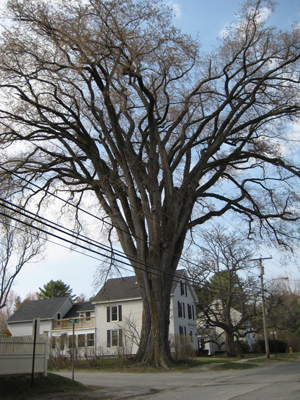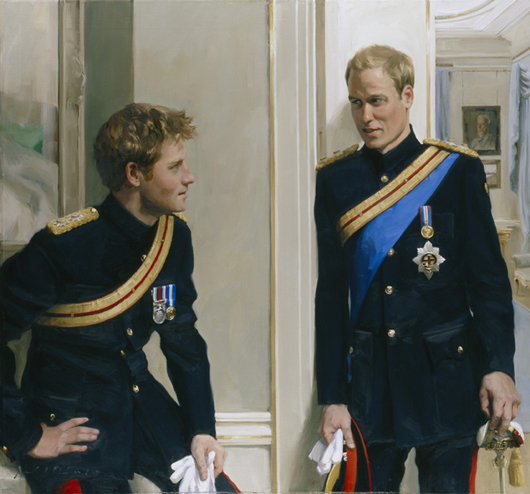BEIJING – Google’s threat to pull out of China over censorship is a rare display of defiance in a system where foreign companies have long accepted intrusive controls to gain access to a huge and growing market.
Dismayed by the prospect of a China without Google, visitors left flowers at its Beijing headquarters Wednesday as Web sites buzzed with words of support and appeals to stay.
“I felt it’s a pity and hope it will not withdraw from the Chinese market,” said a man who left flowers at the building in the high-tech Haidian district and would give only his surname, Chang. “Google played a key role in the growth of our generation. The control (of the Internet) is excessive.”
In industries from automaking to fast food, companies have been forced to allow communist authorities to influence – and sometimes dictate – their choice of local partners, where to operate and what products to sell.
Web companies have endured criticism for cooperating with a communist system that tightly controls information. Google Inc., Yahoo Inc., Microsoft Corp. and others have acceded to pressure to block access to politically sensitive material.
“The Internet is like media, and the media are under tight government control, so that poses additional challenges for foreign Internet companies compared with, say, manufacturers of TV sets, mobile phones or autos,” said Edward Yu, president of Analysys International, an Internet research firm in Beijing.
Google’s decision even to talk publicly was rare in a system where Chinese officials react angrily to criticism. Officials have wide regulatory discretion and companies avoid saying anything that might prompt retaliation.
China’s foreign ministry and Ministry of Industry and Information Technology did not respond to requests for comment but the state Xinhua News Agency cited an unidentified official as saying the government was seeking more information from Google. Phone calls to Google spokespeople in Beijing and Hong Kong were not answered.
Comments left on Chinese Internet bulletin boards praised Google’s stance and appealed to the Mountain View, California-based search giant not to leave.
“Google is a great soldier of freedom. You don’t bend to the devils,” said a note on the site Tianya.cn.
A posting on www.mop.com pleaded, “Google please don’t go. We can’t let you go. Real man, we support you.”
A photo on a Chinese Web site showed a visitor outside the Google building bowing in a traditional gesture of respect.
China’s growing consumer market is especially important to many companies at a time when global demand has plunged. The government is forecasting 8.3 percent economic growth for 2009 and China is on track to overtake Japan as the second-largest economy.
China has the world’s most-populous Internet market, with 338 million people online as of June, and foreign Internet companies eager for a share of that.
But despite risking damage to their reputations by cooperating with the government, they have struggled to make headway against intense competition from Chinese rivals. Yahoo, eBay Inc. and others have given up and turned over control of their China operations to local partners. Google is the last global Internet company to manage its own China arm.
Google trails local competitor Baidu Inc. but has gained market share at the expense of smaller competitors. Google had 31.8 percent of search revenues in 2009, versus 60.9 percent for Baidu, according to Analysys.
Google created its China-based Google.cn site in 2006, agreeing to censor results by excluding sites to which access was blocked by government filters, popularly known as the Great Firewall of China.
Despite that cooperation, Beijing accused Google last year of spreading pornography and access to the site was temporarily blocked. The company’s video site, YouTube.com, is unavailable to users in China.
Google said Tuesday it would stop censoring search results on Google.cn. That would allow users to find politically sensitive photos and Web sites abroad, although downloading them might still be barred by government filters. It also said it had discovered that computer hackers had tricked human-rights activists into exposing their e-mail accounts to outsiders.
On Wednesday, Google.cn said its top search term of the day was “Tiananmen,” possibly due to Web surfers looking for material on the government’s violent crackdown on 1989 pro-democracy protests. The No. 2 search topic was “Google leaving China.”
Google.cn appeared to still be censoring results. A search for the banned Falun Gong spiritual movement returned a message saying the browser could not open the page. A notice on the site says some results were deleted in line with regulations.
Google managers told employees to go home and they did not know whether to come back Thursday, said an employee who spoke on condition of anonymity because she was not authorized to talk to reporters. Google is a sought-after employer and has long had its pick of China’s brightest university graduates.
Ran Yunfei, a magazine editor and blogger in Sichuan province in China’s southwest who is known for his liberal views, likened Google’s threatened departure to that of a dissident leaving China for freedom.
“I don’t support the departure of all dissidents. Only those obedient to the officials would remain. That would too well suit the taste of the dictatorial regime,” Ran wrote on his blog, which is hosted outside China.
Copyright 2010 Associated Press. All rights reserved. This material may not be published, broadcast, rewritten, or redistributed.
# # #






